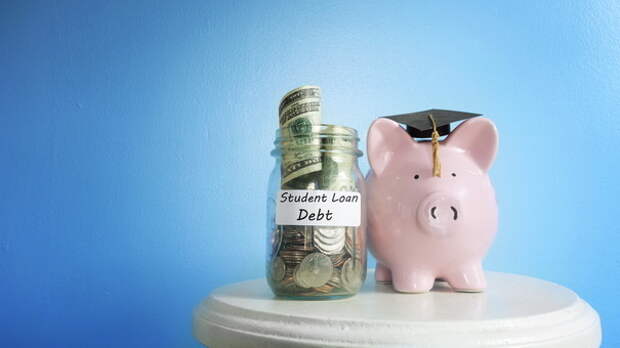Author: Dr Penny Pincher / Source: Wise Bread

Student loans are a heavy financial burden for most borrowers, but the loan balance isn’t the only major financial blow; the interest that accumulates is also difficult to stay on top of.
Interest on a student loan is a major contributor to how big your monthly payment will be and how much your loan will really cost by the time you pay it off. Let’s look at how student loan interest works and what you can do to get your loans paid off faster and for less money.
Factors that determine interest on your student loan
There are a few factors that determine how much you will pay in interest on your student loan: the interest rate, the amount you borrow, the loan term, and your payment plan.
Interest rate
When you take out a student loan, you’ll need to pay back the amount you borrow, plus interest on the loan. Interest is charged as a percentage of the amount you owe. For example, a $10,000 loan at a 10 percent annual interest rate (compounded daily) will cost you $1,049 after a year. So after one year, you would need to pay back the $10,000 that you borrowed, plus $1,049 for interest.
Amount borrowed
We have seen that a $10,000 loan at a 10 percent annual interest rate costs $1,049 in interest after a year. Of course, most student loans are much bigger than $10,000 — what if you borrow more? If you borrow $20,000, the interest cost to carry this loan for a year would be $2,097. If you borrow $50,000, the interest after a year would be $5,243. The more you borrow, the more interest the loan carries.
Loan term
The loan term is how long it will take you to pay back the loan. For example, you could borrow $50,000 and pay it back over 10 years. In this case, the term of the loan is 10 years.
You can reduce your monthly payments by choosing a longer loan term, but you will end up paying more in interest.If you borrow $50,000 at a 10 percent annual interest rate, you would pay $660.75 per month and…
The post This Is How Student Loan Interest Works appeared first on FeedBox.